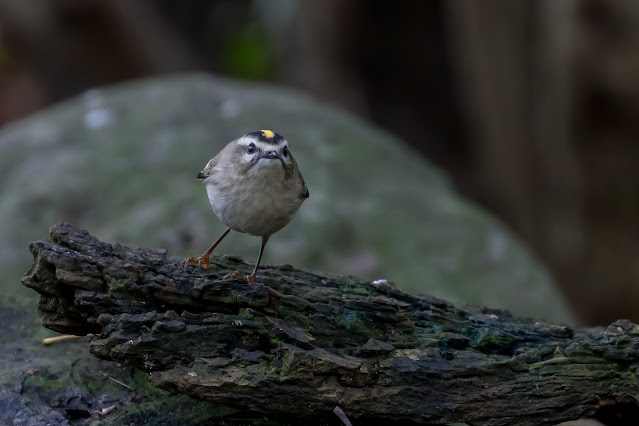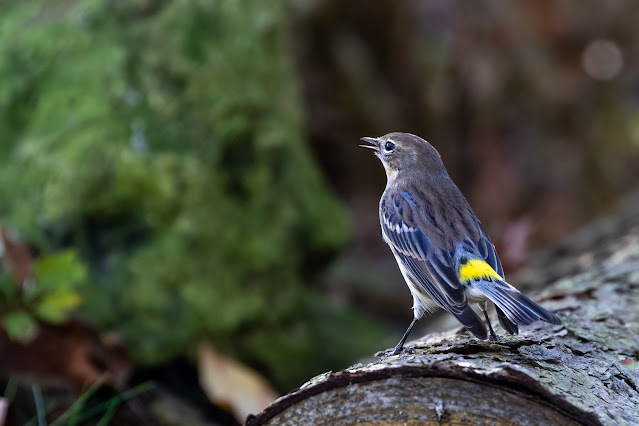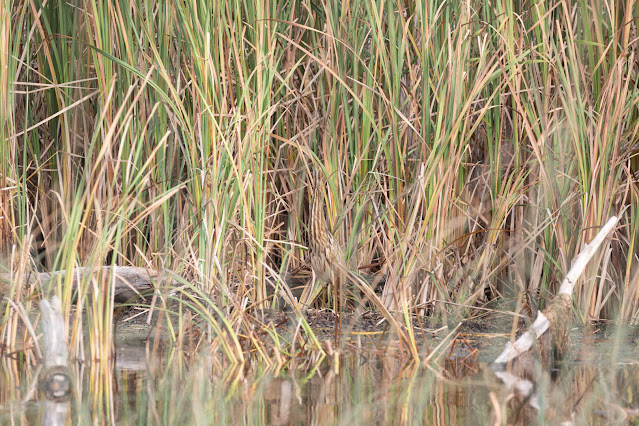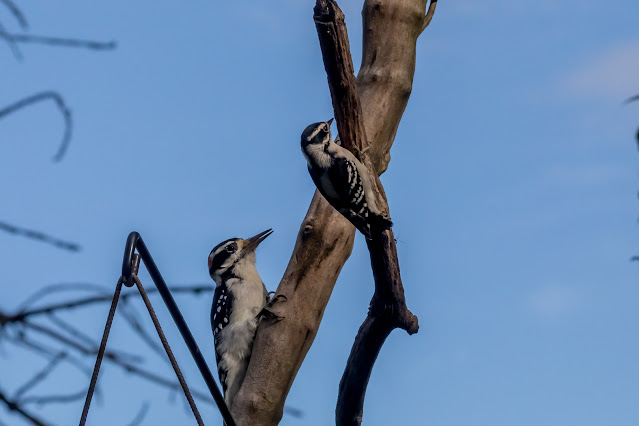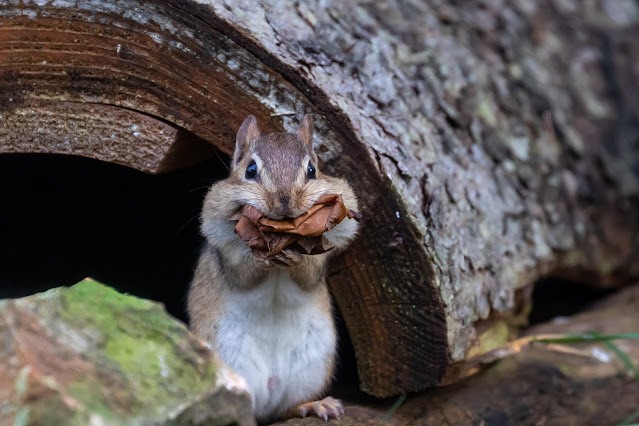Field Sparrow,

Field Sparrow, April 27, 2021, Rondeau Provincial Park, Ontario, Canada. Spizella pusilla Field Sparrows often breed more than once a season. They build a new nest each time, building them higher and higher off the ground as the season progresses. Early spring nests are often on the ground, where they’re less visible. As leaves and groundcover grow the birds build their nests in bushes and trees, where they’re safer from snakes and other predators. source- Cornell Lab of Ornithology.


